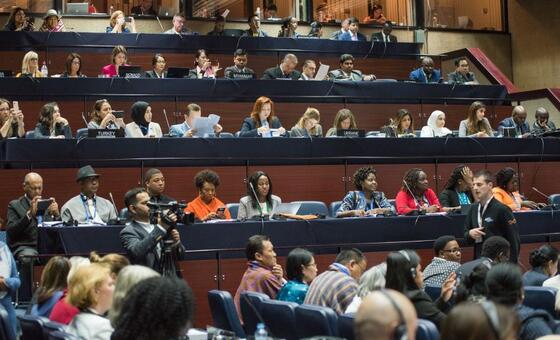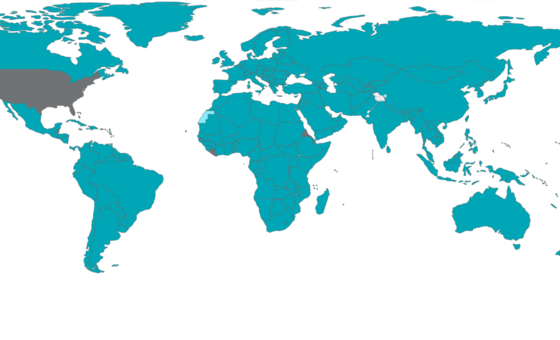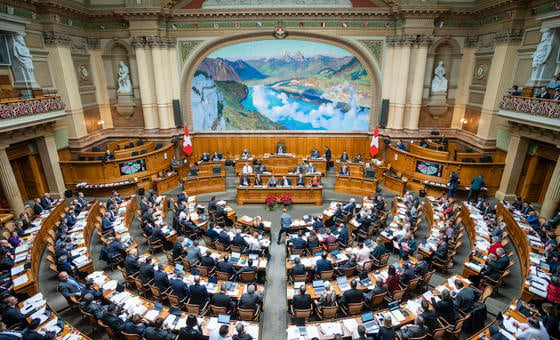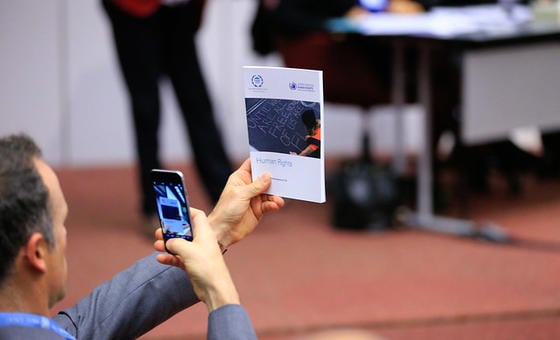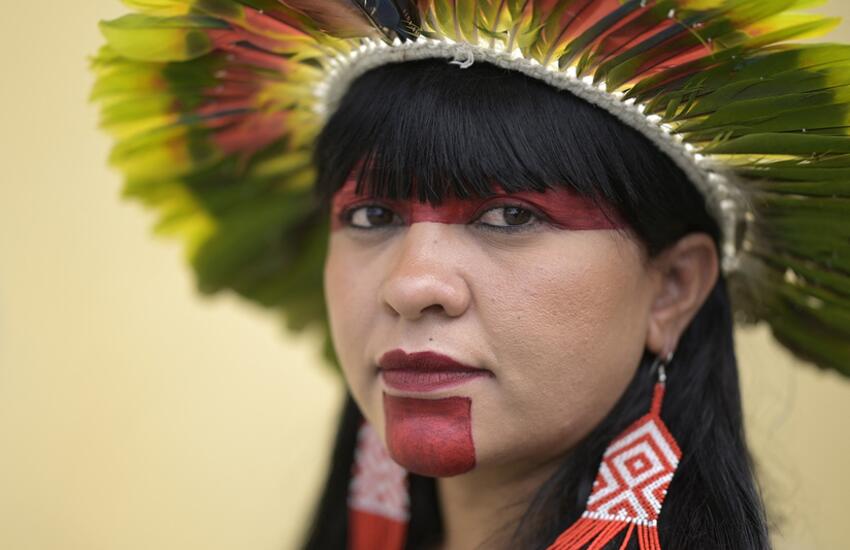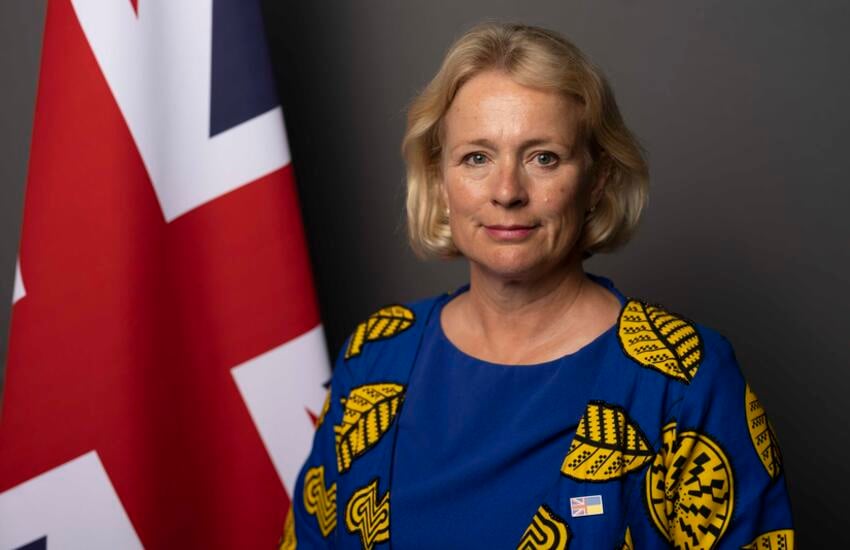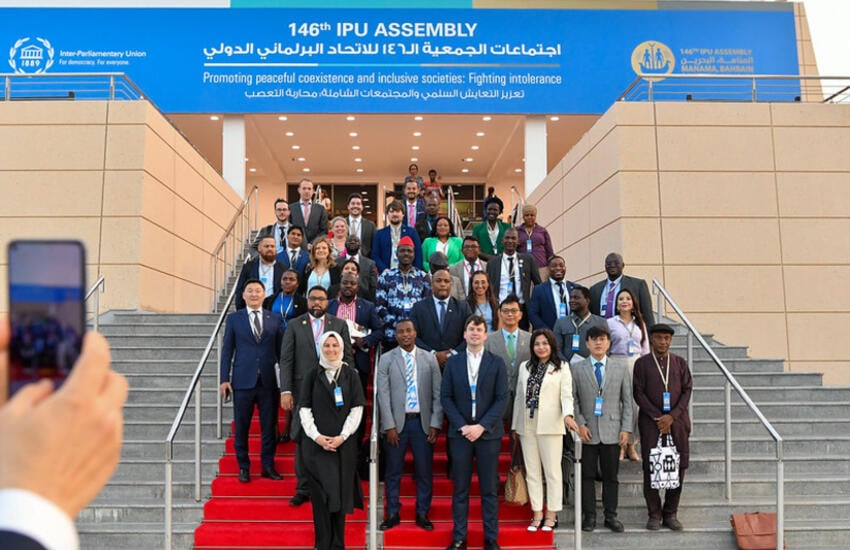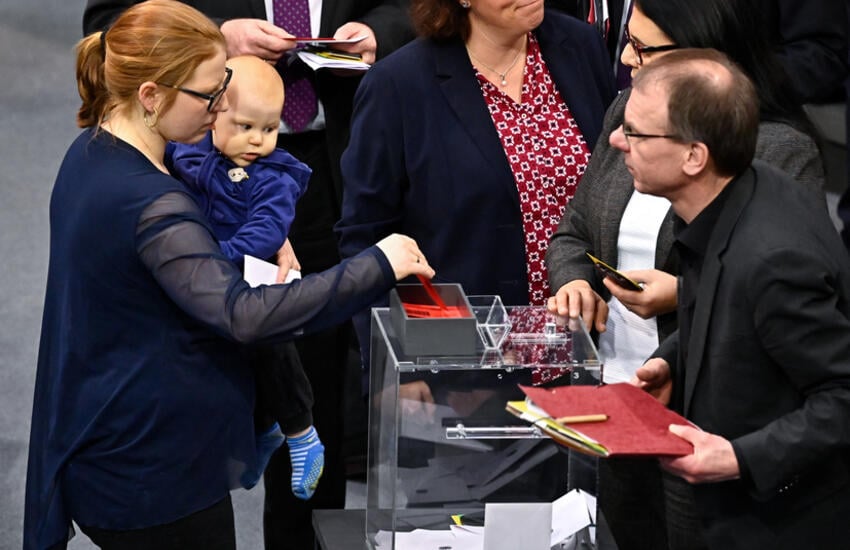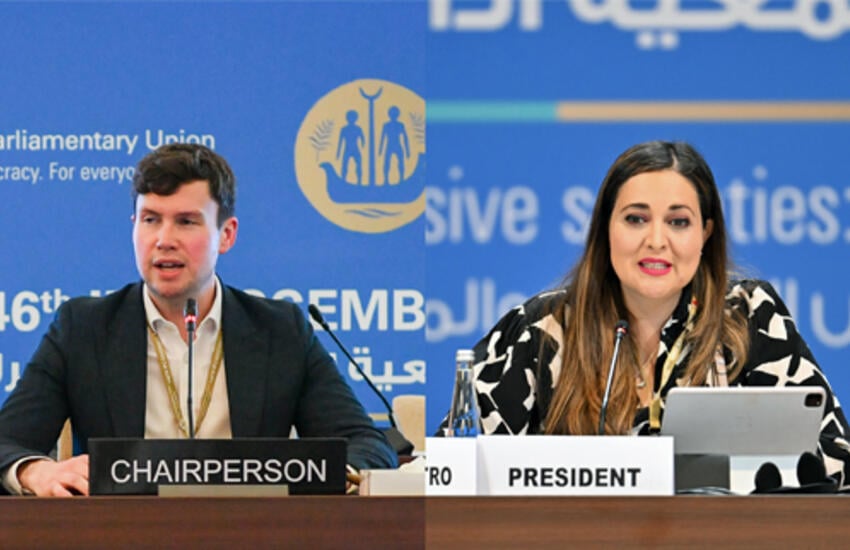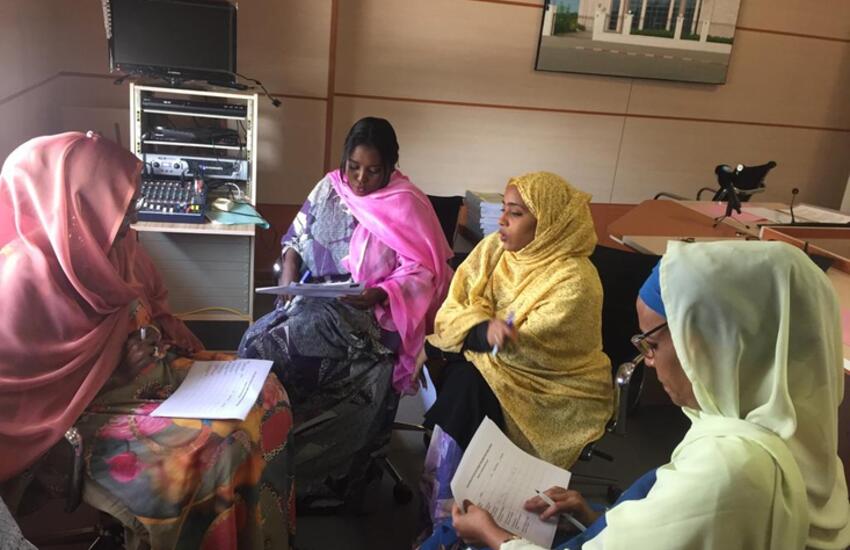Earlier this year, the IPU announced that around 70 elections were slated to take place in 2024, in what has been dubbed a super election year. In total, thousands of parliamentary seats are up for grabs. As of March 2024, women’s representation in parliament stands at just 26.9%. There was some progress in 2023 – 0.4 percentage points year on year, but progress has slowed compared to previous years.
Will that have changed by the end of this high-stakes election year?
The extent to which women's representation will improve in the countries that go to the polls in 2024 will depend on a variety of factors. But there are some steps that countries can take to advance progress.
IPU’s analyses over the years have shown that two factors play an influential role: the existence of well-designed quotas and the type of electoral system. Specifically, proportional representation and/or mixed electoral systems tend to enable a higher representation of women compared to plurality/majority systems.
According to the IPU's latest estimates, of the parliamentary chambers due to hold elections in 2024, 27 use PR/mixed systems, 24 use plurality/majority systems and 47 use some form of quotas.
In addition to institutional reforms, IPU research shows that it is essential to have a supportive political culture and leadership, as well as political parties committed to ensuring women’s equal participation beyond legal obligations.
Here’s a look at some key elections to watch out for:
When Algeria's indirectly elected upper chamber, the Council of the Nation, held its last election in 2022, only four women were appointed/indirectly elected, taking women’s total share to 4.3% of MPs. The 2022 election came just one year after women made up 8.1% of the representatives elected to the lower chamber in 2021. The share of women in the upper chamber has remained below 10% for years now. Will the 2024 elections look different?
There are 40 women in Ghana’s current Parliament – the most there ever have been in the country’s history. But together they comprise only 14.6% of all MPs, putting Ghana not just below the global average representation of women, but also behind the West African (and Sub-Saharan African) average.
In previous elections, only 11.8% of all candidates were women. Ghana has a plurality or first-past-the-post electoral system and does not have any quotas for women, despite being a pioneer country that introduced reserved seats for women in the 1950s.
Those interested in running for office have to first navigate party primary elections before making it to the final ballot. This has been a major leakage point for women in the country’s political pipeline. Contesting these elections can be expensive. Research shows that the gap in access to financial resources is a significant contributor to the gender gap in Ghana’s politics.
India steps into its 2024 parliamentary elections ranked 143rd in in the IPU’s global rankings as of February 2024. A recent law which reserves one-third of seats for women in the lower chambers of the national and state-level legislatures is yet to come into effect.
Nevertheless, political parties’ intent will be put to test. In the previous election of 2019, women comprised only 9% of all candidates. But two regional parties did put forth a higher share of female candidates. Subsequently, 78 women were elected to the Lok Sabha, the lower house of the Indian parliament – the highest number in the country’s history, but together comprising only 14.3% of all MPs.
There are 57 women in the Republic of Korea’s current parliament, comprising 19% of all MPs. The country follows a mixed electoral system, with 253 seats elected through a majority system, and 47 seats elected via proportional representation. Twenty-nine of the 57 women elected in the previous elections of 2020 were under the majority system, and 28 were under the PR system.
In 2022, the Republic of Korea held presidential elections which saw women’s rights – or rather a backlash against feminism – emerge as a key issue in the election. This year as the East Asian nation is set to hold parliamentary polls to elect the next set of 300 MPs, gender issues are likely to remain salient. The country is also witnessing a widening gap between the ideological preferences of men and women, especially among younger voters.
With women comprising 45.8% of MPs in the lower chamber, South Africa is one of the IPU’s top performers in its global rankings. There has been notable and steady progress of women’s representation in the country since the turn of the millennium, enabled by voluntary quotas adopted by the African National Congress (ANC), the largest political party.
In 2009, the ANC extended its existing quota to ensure that 50% of candidates in local and national elections were women, giving an immediate boost to the percentage of women MPs. The country has had more than 40% women in the lower chamber ever since.
Women currently comprise one-third of all MPs in the United Kingdom’s lower chamber, the House of Commons. In the 2019 election, a third of all candidates were women. For the Labour Party this share was 53.1%, more than half, the highest for any party in the country’s history. The Conservatives who went on to win the elections put forward 31% female candidates.
Early analysis of candidates by a think tank, British Future, has predicted that the 2024 polls may lead to the election of one of the most diverse parliaments in the country’s history. It’s also worth mentioning that in 2018, the British Parliament embarked on a gender audit with the IPU’s support. Measures taken since include proxy voting to allow members to combine parenting with their parliamentary mandate.
Women currently make up 29.2% of the members of the House of Representatives, the lower house of the United States of America’s Congress. In 2024, legislative elections will be held along with the presidential election.
At the last elections, history was made when a woman was elected Vice President for the first time. Vice President Kamala Harris also constitutionally became President of the Senate. With Nancy Pelosi as Speaker of the House of Representatives at the time, both chambers of the US Congress were presided over by women for the first time.
Bangladesh, Bhutan, El Salvador, Iran, Indonesia, Nepal, Pakistan and Tuvalu have already held their parliamentary elections. While some results are still coming in, it has been discouraging to note that women’s representation seems to have declined in Bangladesh, Bhutan and Tuvalu.
It remains to be seen if such setbacks will be the outliers and whether 2024 will see an increase in women’s representation worldwide.

